The Chapter 7, or straight bankruptcy, is used by consumers in Arkansas to eliminate credit cards, medical bills, and other unsecured debts. As previously discussed, it’s possible for an individual filer, or husband-and-wife joint filers, to retain their residence in a Chapter 7. In some circumstances, the debtor can keep paying on a current house loan and reaffirm the loan, while discharging unsecured debt. The mortgage and the debtor’s ownership of the home, will pass through the Chapter 7 basically untouched. However, if the home loan is in arrears or default, or even if a foreclosure sale was pending at the time of filing, the debtors can file a Chapter 13 bankruptcy to try and bring the loan current and keep the house.
Vehicles that are part of a purchase money security interest can also be reaffirmed if the payments are up to date. Vehicles that are owned outright and are of lesser value may possibly be exempted and retained pursuant to exemption laws. Whether the exemptions would allow you to keep a car owned outright is a question to be confidentially reviewed with the bankruptcy attorney.
The Chapter 13 is administered by a Chapter 13 Trustee appointed by the Court. The key document in the proceeding is the debtors’ Chapter 13 Plan. The Chapter 13 Plan tells the Court, the Trustee, and the creditors how the debtors plan to bring the secured accounts, such as the house mortgage, back up-to-date. The Plan proposes monthly payments, over a three to five-year period, to get the mortgage up to date and pay for expenses and anything else designated in the Plan.
In Arkansas and elsewhere, unsecured creditors are paid little or sometimes nothing in the Chapter 13 bankruptcy, depending again on the particular circumstances. At the successful conclusion of the Chapter 13 Plan, the unsecured debts will be discharged and wiped out forever. One central advantage of the Chapter 13 is, therefore, the opportunity to save the residence while eliminating unsecured debt at the same time.
Source: The News-Gazette, “John Roska: How bankruptcy works“, John Roska, Aug. 3, 2014

